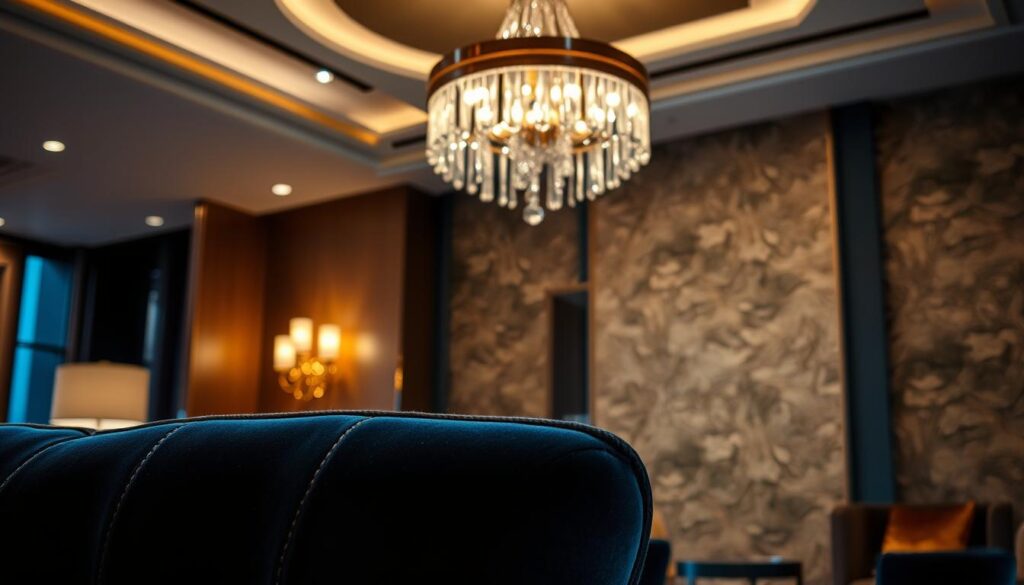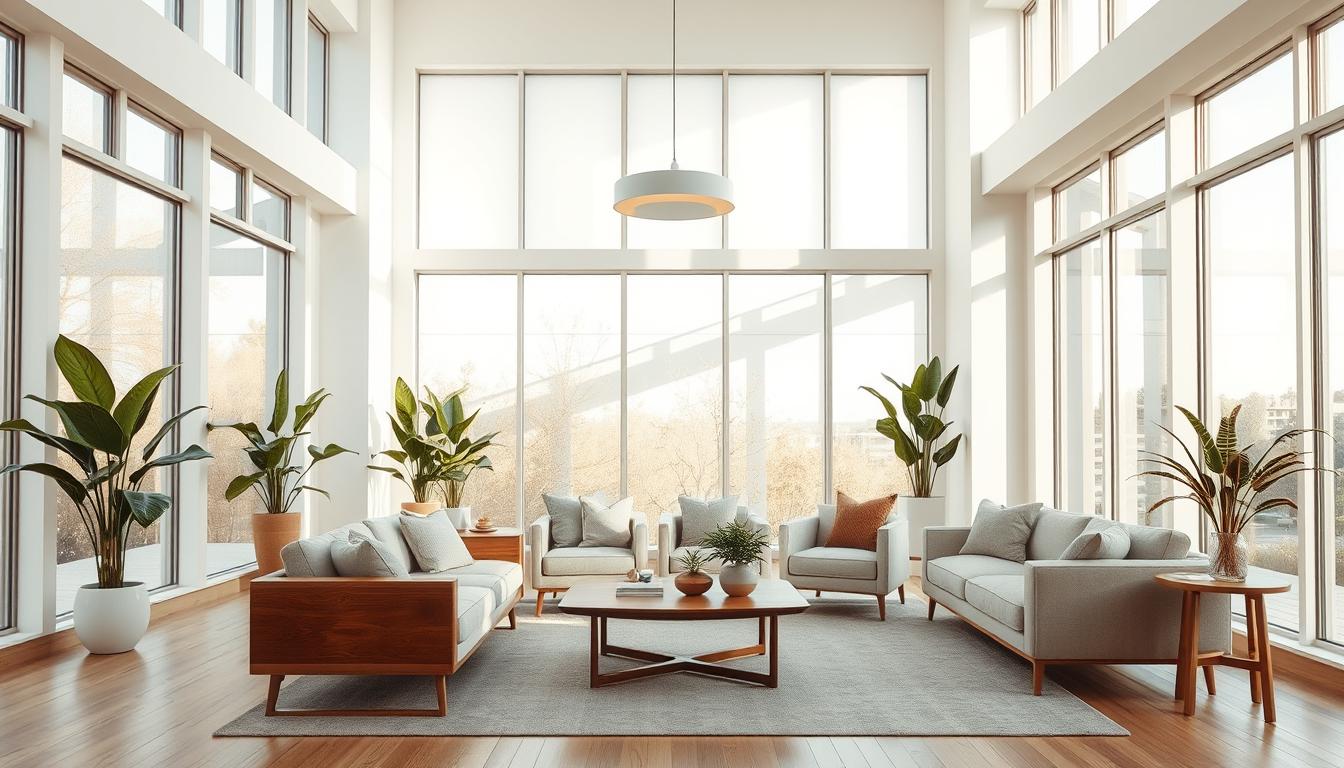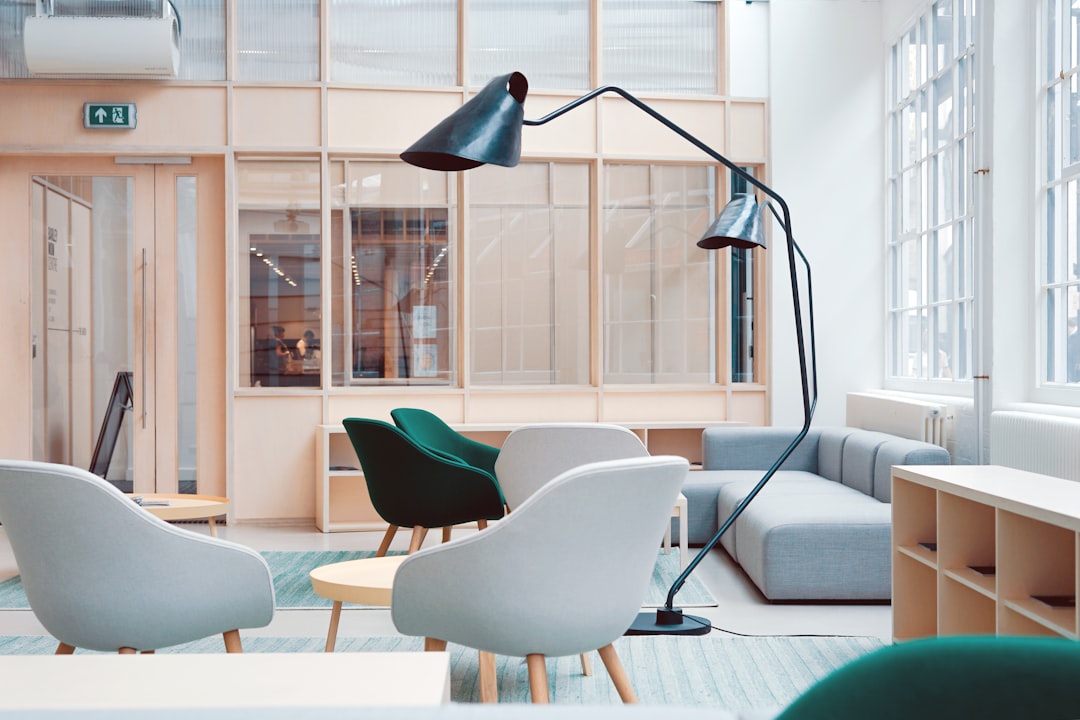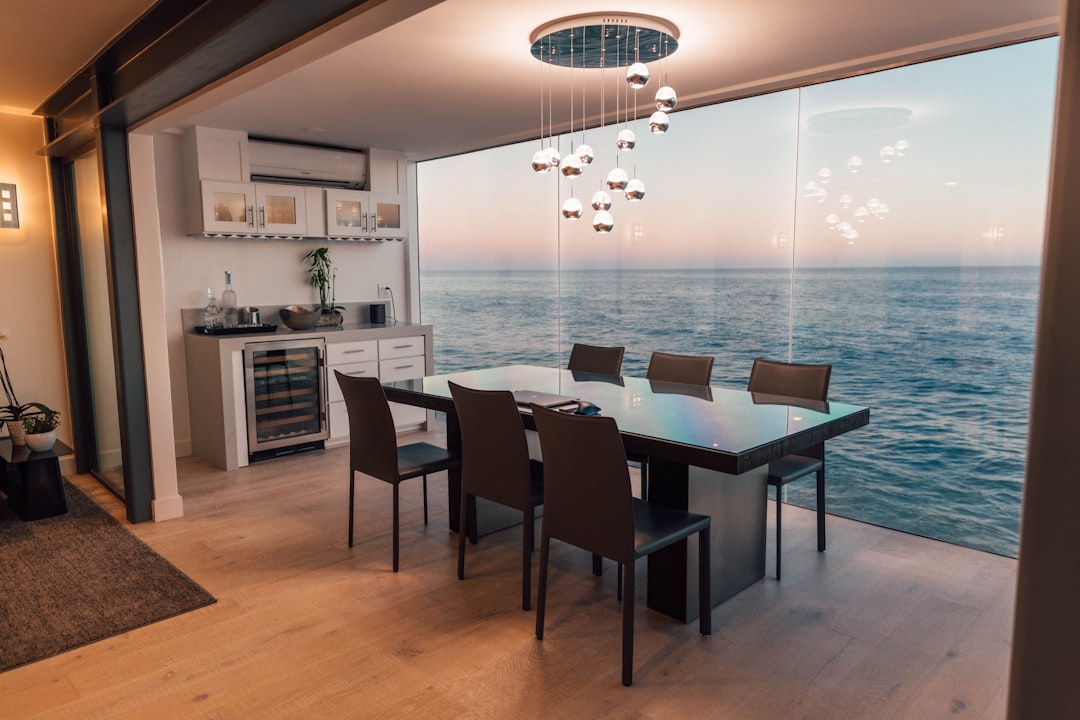Did you know a good interior design can boost your home’s value by up to 15%? This is a big deal for anyone looking to sell or just make their home better. At Cozy Nest Plans, we know how modern interior design can turn homes into stunning, useful places that show off who lives there.
Our best interior design tips can make your home look and work better. For more tips on making your home better, check out our guide on elevating your home with home decor interior design. We’ll help you create a space that’s both lovely and practical.
Key Takeaways
- Understand the principles of modern interior design
- Learn how to choose a cohesive color scheme
- Discover the importance of lighting in interior design
- Explore ways to optimize your home’s layout
- Find out how to select furniture that complements your space
Understanding the Basics of Interior Design
Interior design mixes beauty, function, and psychology to make spaces that feel right. It’s about turning homes into places we love.
What is Interior Design?
Interior design is about making buildings’ interiors better. It aims to make spaces healthier and more beautiful. It uses design rules like balance and contrast to achieve this.
“Good design is more than looks,” say design experts. “It’s about making spaces that make our lives better.”
Key Principles We Can Follow
There are key rules for good interior design. These include:
- Balance: Mixing colors, textures, and shapes well.
- Proportion: Making sure furniture fits the room size.
- Emphasis: Creating a main focus in the room.
- Unity: Keeping elements similar for a unified look.
Common Interior Design Styles
There are many interior design styles, like modern and traditional. Knowing these styles helps pick the right one for you. Modern styles are simple and focus on function. Traditional styles have more details and classic pieces.
The Impact of Colors on Mood
Colors are key in interior design. They change how we feel in a space. Blue makes us calm, while red energizes us. Choosing the right colors makes a space feel welcoming.
Learning about interior design basics helps us make better choices for our spaces.
Assessing Your Space
Before you start designing, it’s crucial to assess your space thoroughly. This step is key to creating a home that looks good and works well. By knowing your space’s dimensions, layout, and features, you can make smart choices that boost its beauty and usefulness.
Measuring and Mapping Your Rooms
To start assessing your space, measure your rooms first. Get exact measurements of length, width, and height for each room. Also, note the location of doors, windows, and architectural features. It’s a good idea to make a floor plan or map of your home to see the layout.
This will help you spot challenges and chances to improve. Use a laser measuring tool for accurate measurements. Remember to mark any obstacles or features that might affect your design, like heating vents or electrical outlets.
Identifying Focal Points
Every room has a focal point – something that catches your eye and ties the space together. Common focal points include fireplaces, large windows, or standout furniture pieces. Finding your room’s focal point is key because it guides how you arrange furniture and decor.
In a living room, a fireplace might be the focal point. In a bedroom, it could be a beautiful piece of art or a bold headboard. Highlighting your focal point helps create harmony and balance in the room.
Considering Flow and Functionality
Flow and functionality are vital for a well-designed space. Flow is about how easily you can move through your home. Functionality is about how well your space meets your needs. To improve flow, make sure paths are clear and furniture allows for easy movement.
For functionality, think about the purpose of each room and how you use it. For example, a home office should be designed for productivity, with good lighting and storage. Balancing flow and functionality makes your home comfortable and efficient.
By measuring and mapping your rooms, finding focal points, and thinking about flow and functionality, you’re setting up for a successful interior design project. These steps help you create a space that looks great and fits your lifestyle and needs.
Choosing the Right Color Palette
A well-chosen color palette is key to elegant interior design. It affects the mood and function of a space. When picking colors, think about their psychological effects and how they fit with different rooms.
Popular Color Schemes for Every Room
Different rooms have different uses, and colors should match. Calming colors like blues and greens are great for bedrooms to help you relax. In kitchens, bright colors like oranges and yellows can make you hungry and encourage talking.
| Room | Recommended Colors | Effect |
|---|---|---|
| Bedroom | Blues, Greens, Soft Grays | Promotes Relaxation |
| Kitchen | Oranges, Yellows, Reds | Stimulates Appetite and Conversation |
| Living Room | Neutrals, Earth Tones, Soft Pastels | Creates a Welcoming Atmosphere |
How to Use Color Psychology
Color psychology is crucial in interior decorating trends. Colors can make us feel different emotions. For example, red can make you more energetic and hungry, which is why it’s popular in dining rooms. Green, on the other hand, is calming and can reduce stress, making it perfect for relaxing spaces.
Tips for Choosing Coordinating Colors
To pick harmonious colors, follow these tips:
- Choose a main color and one or two accent colors to keep things balanced.
- Try the 60-30-10 rule: 60% main color, 30% secondary color, and 10% accent color.
- For more ideas, check out Cozy Nest Plans.
Understanding color impact and using these tips can help us pick a color palette. It should show our style and improve our home’s feel and function.
Furniture Selection and Arrangement
Furniture selection and arrangement are key in residential interior design. The right furniture can make a room look better. A good arrangement can also make the room more functional.
Finding the Perfect Pieces for Our Space
To find the perfect furniture, we must think about several things. These include the room’s size, our style, and how we’ll use the space. Measuring the room and thinking about the scale and proportion of the furniture are important steps.
| Furniture Type | Considerations | Tips |
|---|---|---|
| Sofa | Size, material, color | Choose a sofa that fits the room’s dimensions and complements the existing décor. |
| Coffee Table | Height, material, shape | Select a coffee table that is proportional to the sofa and chairs. |
| Armchair | Comfort, style, size | Pick an armchair that is comfortable and stylistically consistent with other furniture. |
Creating Balance with Scale and Proportion
Balance is key when furniture’s visual weight is evenly spread. To achieve balance, we must think about each piece’s scale and proportion.
A large sectional sofa can be balanced by a smaller-scale armchair or ottoman. A bold piece of furniture can be balanced by more subdued elements.
How to Arrange Furniture for Optimal Flow
Arranging furniture for optimal flow means creating a clear path through the room. We should place furniture in a way that guides the eye and makes movement easy.
- Start by identifying the room’s focal point, such as a fireplace or a stunning view.
- Arrange furniture around this focal point to create a sense of harmony.
- Ensure there is enough space between pieces for comfortable movement.
By carefully selecting and arranging furniture, we can create a living space that is both beautiful and functional. This reflects the principles of modern interior design.
Lighting: A Crucial Element
Lighting is more than just a necessity; it’s a crucial element that can make or break the ambiance of your home. In interior design, lighting plays a key role in setting the tone and functionality of a space. Effective lighting can transform a room, turning it from a mere space into a warm and inviting haven.
Types of Lighting
There are several types of lighting to consider when designing your space. These include ambient, task, and accent lighting. Ambient lighting provides overall illumination, task lighting is focused on specific areas where tasks are performed, and accent lighting is used to highlight particular features or create visual interest.
As noted by renowned interior designers, “Layering different types of lighting is key to creating a visually appealing and functional space.” This is a principle that best interior designers often emphasize.
Layering Lighting Effectively
To layer lighting effectively, start by assessing the natural light available in your space. Then, consider how you can supplement this with artificial lighting. A good rule of thumb is to use a combination of light sources to create depth and visual interest.
- Use ambient lighting as the base layer to illuminate the entire space.
- Add task lighting where needed, such as under-cabinet lighting in kitchens or reading lamps in living rooms.
- Incorporate accent lighting to highlight architectural features or decorative pieces.
Influence on Atmosphere
Lighting significantly influences the atmosphere of a room. For instance, warm lighting can create a cozy and inviting atmosphere, while cool lighting can make a space feel more energized and modern. The psychological impact of lighting should not be underestimated; it can affect mood, energy levels, and even productivity.
“The right lighting can dramatically change the ambiance of a room, making it feel cozy, spacious, or even luxurious.”
In commercial interior design, understanding how to manipulate lighting to achieve the desired atmosphere is crucial. Whether it’s creating a welcoming environment in a hotel lobby or a focused workspace in an office, lighting is a critical element.
Incorporating Textures and Patterns
To add depth and visual interest to your space, it’s key to mix textures and patterns well. This mix is a key part of luxury interior design. It makes any room look better. By using different textures and patterns, you can make your space interesting and show off your style.
Combining Different Textures for Depth
It’s important to mix different textures to add depth. You can do this by combining smooth and rough surfaces. For example, a sleek leather sofa looks great with a chunky woven rug. This mix creates interest and makes the space feel lively.

Using Patterns to Add Interest
Patterns add complexity and interest to a room. It’s important to balance different scales and types of patterns. For instance, a bold, large pattern works well with smaller, more subtle ones. This creates a balanced and engaging look.
Accessories That Work Well Together
Accessories are key in tying together textures and patterns. Choosing items that match your décor creates a cohesive look. For example, picking throw pillows, vases, and rugs that share a color or texture unifies the space.
| Texture/Pattern | Example | Complementary Element |
|---|---|---|
| Smooth Leather | Luxury Sofa | Rough-hewn Wooden Coffee Table |
| Chunky Knit | Woven Throw Blanket | Sleek Metallic Lamp |
| Bold Stripes | Striped Rug | Solid-colored Accent Wall |
By carefully mixing textures and patterns, and choosing accessories that match, you can create a welcoming space. This approach not only makes your home look great but also shows off your personal style. It makes your space truly unique.
Personalizing Your Space
Personalizing your space is more than just adding decorative items. It’s about creating an environment that resonates with you. By incorporating elements that reflect your personality, interests, and experiences, you can turn your house into a home that feels truly yours.
Adding Personal Touches and Art
One of the most effective ways to personalize your space is by adding personal touches and art. This can include family photos, heirlooms, or artwork that speaks to you. Displaying personal items not only adds character to your space but also makes it feel more welcoming and lived-in.
When selecting art, consider pieces that reflect your personal style or interests. Whether it’s a painting, sculpture, or print, the right art can add depth and personality to your space. You can also mix different styles and textures to create a unique and engaging environment.
Choosing the Right Décor for Us
Choosing the right décor involves more than just picking items that look good. It’s about selecting pieces that resonate with you and enhance the functionality of your space. Consider your lifestyle, preferences, and the overall aesthetic you want to achieve. For instance, if you love reading, creating a cozy reading nook with a comfortable chair and good lighting can be a great way to personalize your space.
Here are some tips for choosing décor that works for you:
- Start with items that hold sentimental value or personal significance.
- Consider the color palette and style of your existing décor.
- Don’t be afraid to mix and match different styles and textures.
Tips For Displaying Collections
Displaying collections is a great way to add personality to your space. Whether it’s vintage items, books, or memorabilia, showcasing your collections can add visual interest and tell a story about who you are. Here are some tips for displaying collections effectively:
| Tip | Description | Benefit |
|---|---|---|
| Group similar items together | Creates a cohesive look | Makes the display more visually appealing |
| Use varied heights and textures | Adds depth and interest | Creates a dynamic display |
| Consider the background | Enhances the display | Makes the items stand out more |
By following these tips, you can create a personalized space that not only reflects your personality but also tells your story.
Sustainable Interior Design Options
Making our living spaces sustainable is good for the planet and our health. As we try to lessen our environmental impact, using eco-friendly design is key.
Eco-friendly materials are crucial in sustainable design. These are materials that are good for the environment. Examples include reclaimed wood, bamboo, and paints with low VOCs.
Eco-Friendly Materials We Can Use
When picking materials, think about their environmental effect. Here are some green options:
- Reclaimed or recycled wood for furniture and flooring
- Bamboo for its fast growth rate and sustainability
- Low-VOC paints to improve indoor air quality
- Cork for its durability and comfort
Using these materials helps us reduce our environmental impact. It also makes our homes healthier.
Energy-Efficient Lighting Solutions
Lighting is important in design and affects our energy use. Energy-efficient lighting like LED bulbs and smart systems can cut down on energy waste.
| Lighting Type | Energy Efficiency | Lifespan |
|---|---|---|
| LED Bulbs | High | Up to 50,000 hours |
| Smart Lighting Systems | High | Varies by bulb type |
| Halogen Bulbs | Medium | Up to 2,000 hours |
LED bulbs and smart systems are more energy-efficient and last longer than halogen bulbs.
Benefits of Sustainable Design Practices
Using sustainable design practices is good for the planet and our homes. The benefits include:
- Less environmental harm from eco-friendly materials and energy-saving solutions
- Better air quality and health inside
- More energy efficiency and lower costs
- Unique and sustainable design that looks great
By choosing sustainable design, we can make spaces that are beautiful, useful, and kind to the environment. This shows our commitment to a greener future.
Keeping Up with Trends
Keeping up with the latest interior decorating trends can make our homes look stylish and sophisticated. It’s important to know what’s in and how to add these touches to our homes.
Current Interior Design Trends to Consider
Now, luxury interior design mixes modern minimalism with rich textures. Velvet and marble are used with simple shapes to make spaces feel both fancy and cozy.
Some key trends include:
- Bold color statements through accent walls or furniture
- Incorporation of sustainable and eco-friendly materials
- Smart home technology integration for a seamless living experience
As elegant interior design evolves, classic styles with a modern twist are coming back. This means ornate patterns, luxurious fabrics, and eye-catching lighting.
Timeless Styles Versus Trends
It’s important to know the difference between trends and timeless styles. Timeless styles stay popular over time, like classic furniture or neutral colors.
“Good design is timeless. It transcends trends and continues to be relevant long after the initial trend has passed.”
To find a balance, we can add trendy touches with accessories or accent pieces. But, our main furniture and design should be timeless.
How to Integrate Trends into Our Design
Adding trends to our design needs careful thought. We can start by introducing trendy elements through:
- Accent pieces like throw pillows, rugs, or vases
- Updating our color palette with trendy hues
- Incorporating new textures or patterns through upholstery or wallpaper
This way, we can update our spaces without a big change. It lets us stay current with interior decorating trends while keeping our personal style.
Maintenance and Upkeep of Our Design
Keeping your interior design in top shape is key to its lasting beauty. A well-designed space needs regular care to stay looking great. We’ll share easy maintenance tips, seasonal updates, and when to get professional help.
Simple Tips for Lasting Beauty
Regular cleaning and dusting are musts for your design. Use gentle products to avoid harming your furniture or finishes. For modern designs, keep surfaces tidy and organized.
Seasonal Updates to Refresh Our Space
Changing your decor with the seasons keeps your space feeling new. Swap throw pillows, rugs, and wall art to match the season. It’s also a chance to add the latest design trends.
When to Seek Professional Help
If you’re stuck or unsure about upkeep, get a pro interior designer. They offer tailored advice and ensure your space stays beautiful. Their expertise in interior design services means your home will always look great.



